Accordingly, the patient was recently recorded as a 66-year-old male, residing in Ba Vi. On November 12, the patient suffered a wound on the big toe of his right foot and had not been vaccinated against tetanus. On November 14, the patient developed jaw stiffness and was taken to the Central Hospital for Tropical Diseases by his family and diagnosed with tetanus. The patient is currently receiving intensive treatment from the hospital's doctors.
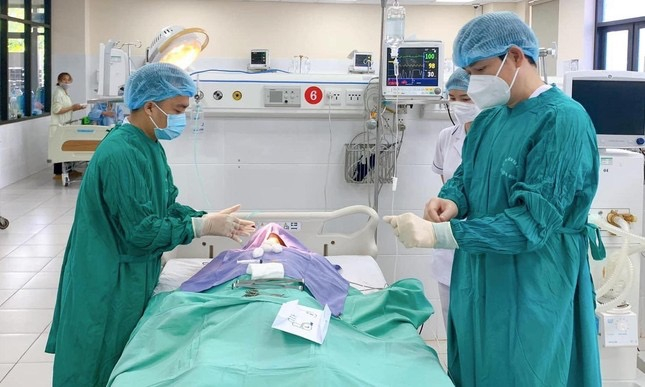
Hanoi has had 25 cases of tetanus, 3 deaths. (Illustration photo).
Tetanus is an acute disease caused by the exotoxin of the tetanus bacterium (Clostridium tetani) that develops at the wound under anaerobic conditions. The symptoms of the disease are manifested by painful muscle spasms, first of the masticatory muscles, facial muscles, neck muscles and then the trunk muscles.
According to medical experts, tetanus is a dangerous disease with a very high risk of death. This is an acute infection caused by the exotoxin of the tetanus bacillus Clostridium tetani that develops at the wound.
Tetanus is one of the important causes of death in many developing countries in Asia, Africa and South America, especially in rural and tropical areas. According to estimates by the World Health Organization in the late 20th century, each year about 500,000 children died from tetanus in developing countries. The case/morbidity rate of tetanus is very high, up to over 80%, especially in cases with a short incubation period. The case/morbidity rate of tetanus is from 10 - 90%, the highest death rate in young children and the elderly.
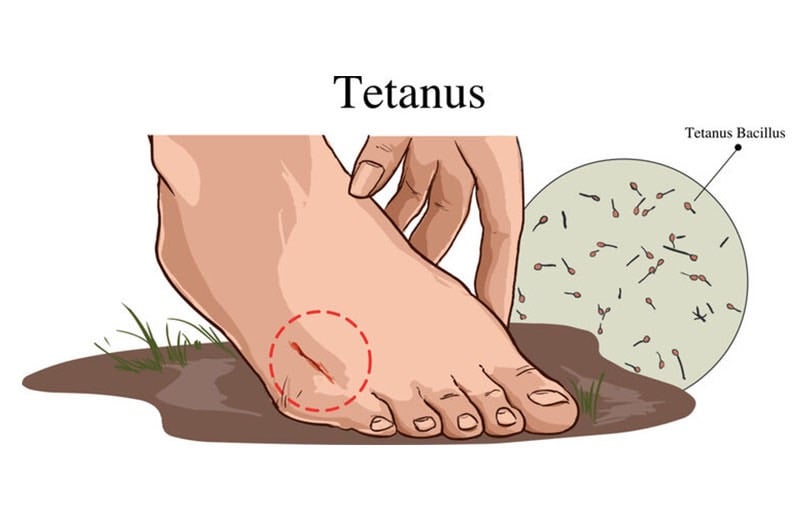
Tetanus is an acute disease caused by the exotoxin of the tetanus bacterium (Clostridium tetani) that develops at the wound under anaerobic conditions.
However, the disease can be prevented by full vaccination, the most important of which is proactive vaccination, before injury occurs.
For adults, active prevention is by injecting a basic dose of 3 doses, the first 2 doses at least 1 month apart and a booster injection after the second dose from 6-12 months, then a booster injection every 10 years. After injecting 3 basic doses from 5 to 10 years, if there is a large wound and there is a risk of tetanus, a booster injection of 1 dose of vaccine is needed.
A booster dose of vaccine is required. If the interval since the last booster dose is more than 10 years, a booster dose of vaccine must be given, even for small, clean wounds; for large wounds at risk of tetanus, an additional dose of vaccine combined with tetanus antitoxin (SAT) is required.
Le Trang
Source



![[Photo] Special relics at the Vietnam Military History Museum associated with the heroic April 30th](https://vstatic.vietnam.vn/vietnam/resource/IMAGE/2025/4/3/a49d65b17b804e398de42bc2caba8368)
![[Photo] Comrade Khamtay Siphandone - a leader who contributed to fostering Vietnam-Laos relations](https://vstatic.vietnam.vn/vietnam/resource/IMAGE/2025/4/3/3d83ed2d26e2426fabd41862661dfff2)
![[Photo] Prime Minister Pham Minh Chinh receives CEO of Standard Chartered Group](https://vstatic.vietnam.vn/vietnam/resource/IMAGE/2025/4/2/125507ba412d4ebfb091fa7ddb936b3b)
![[Photo] Prime Minister Pham Minh Chinh receives Deputy Prime Minister of the Republic of Belarus Anatoly Sivak](https://vstatic.vietnam.vn/vietnam/resource/IMAGE/2025/4/2/79cdb685820a45868602e2fa576977a0)

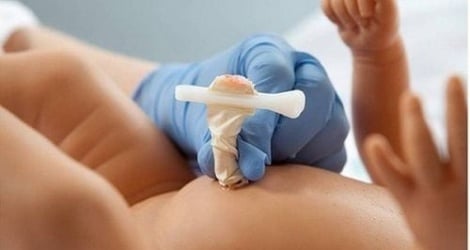










![[Video] Hanoi ensures adequate supply of medicine to prevent and control epidemics during the changing seasons](https://vstatic.vietnam.vn/vietnam/resource/IMAGE/2025/4/3/ad5d4d3bad3b469ba636737dc4e6efd1)


![[Video] Increasing responsibility and benefits when providing health insurance examination and treatment](https://vstatic.vietnam.vn/vietnam/resource/IMAGE/2025/4/3/c3e3c29e48d3425e8ea6a9c4c2b30640)























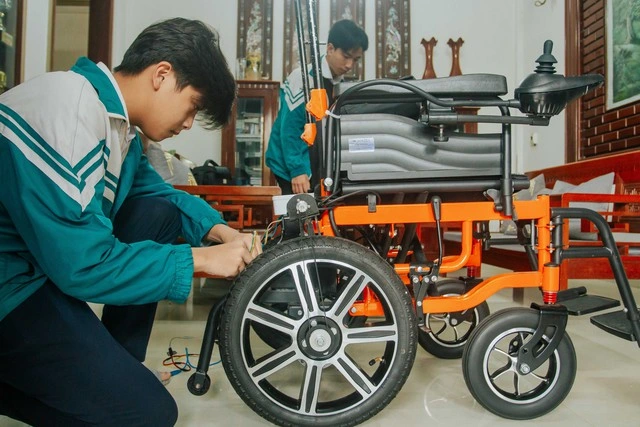

















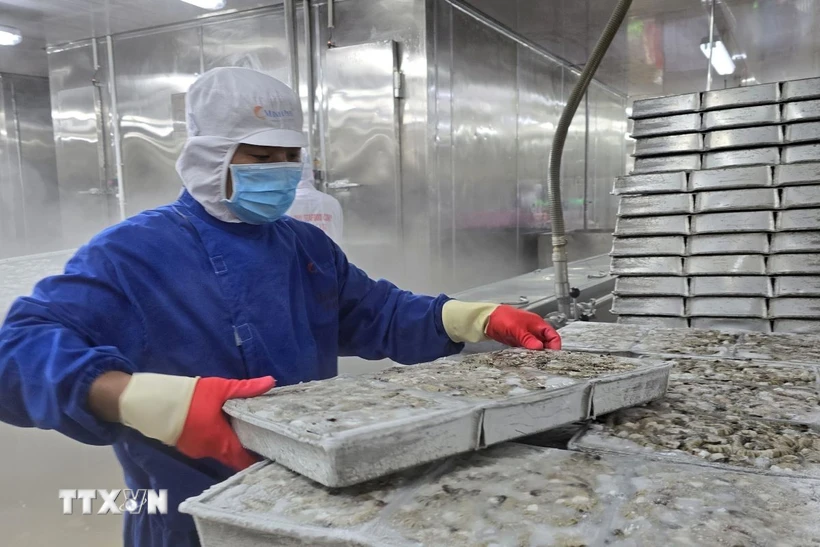















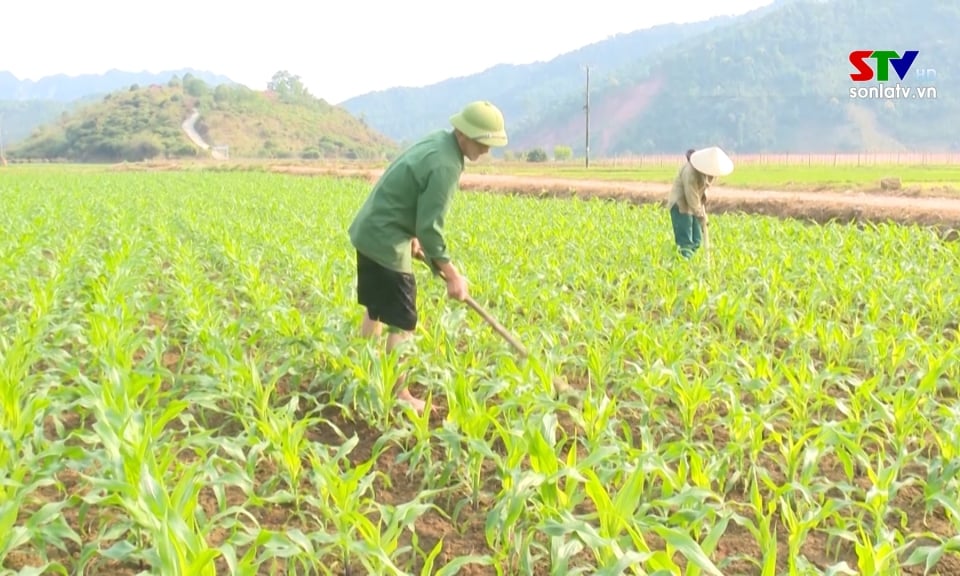
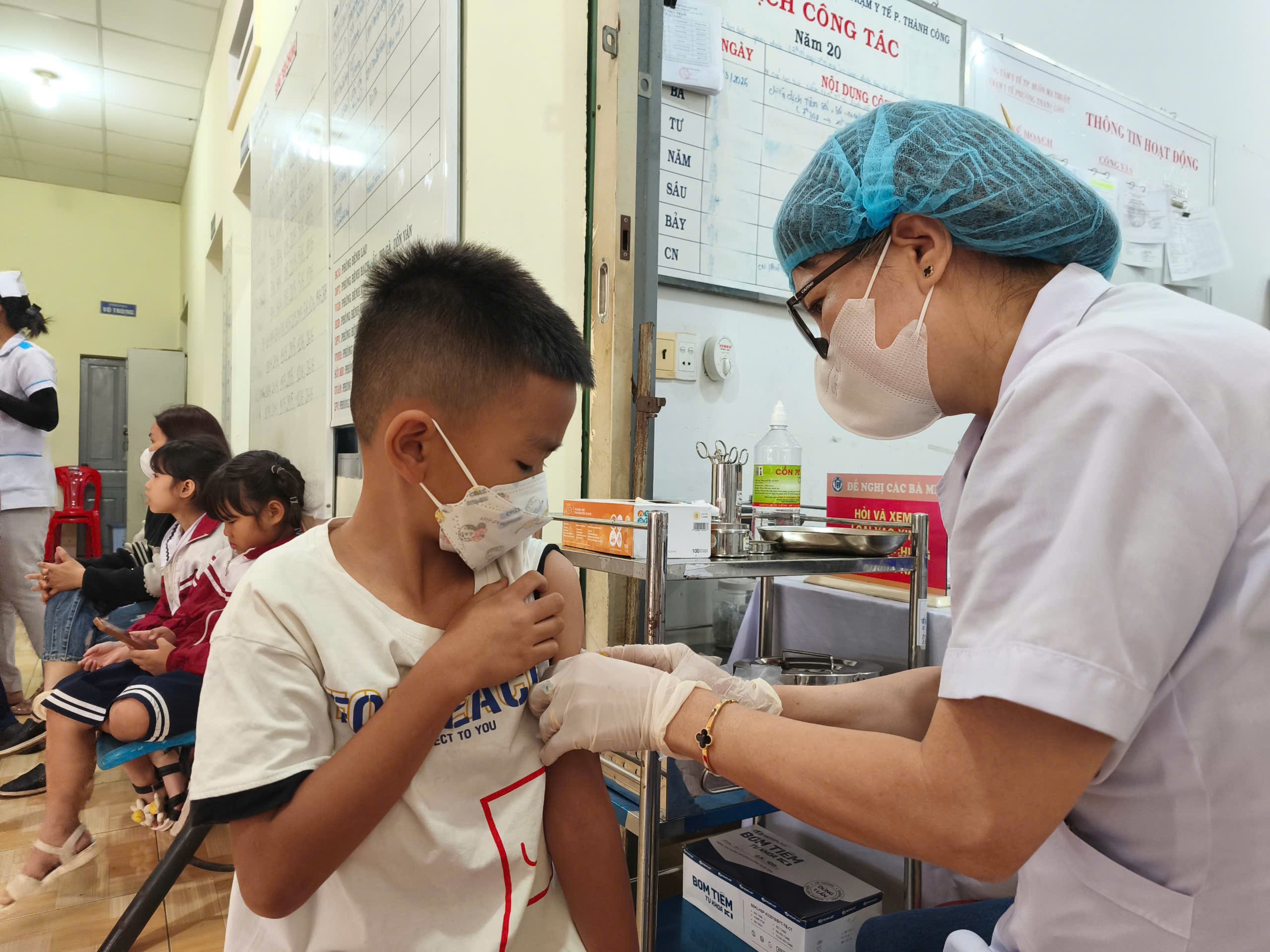




















Comment (0)